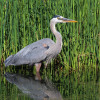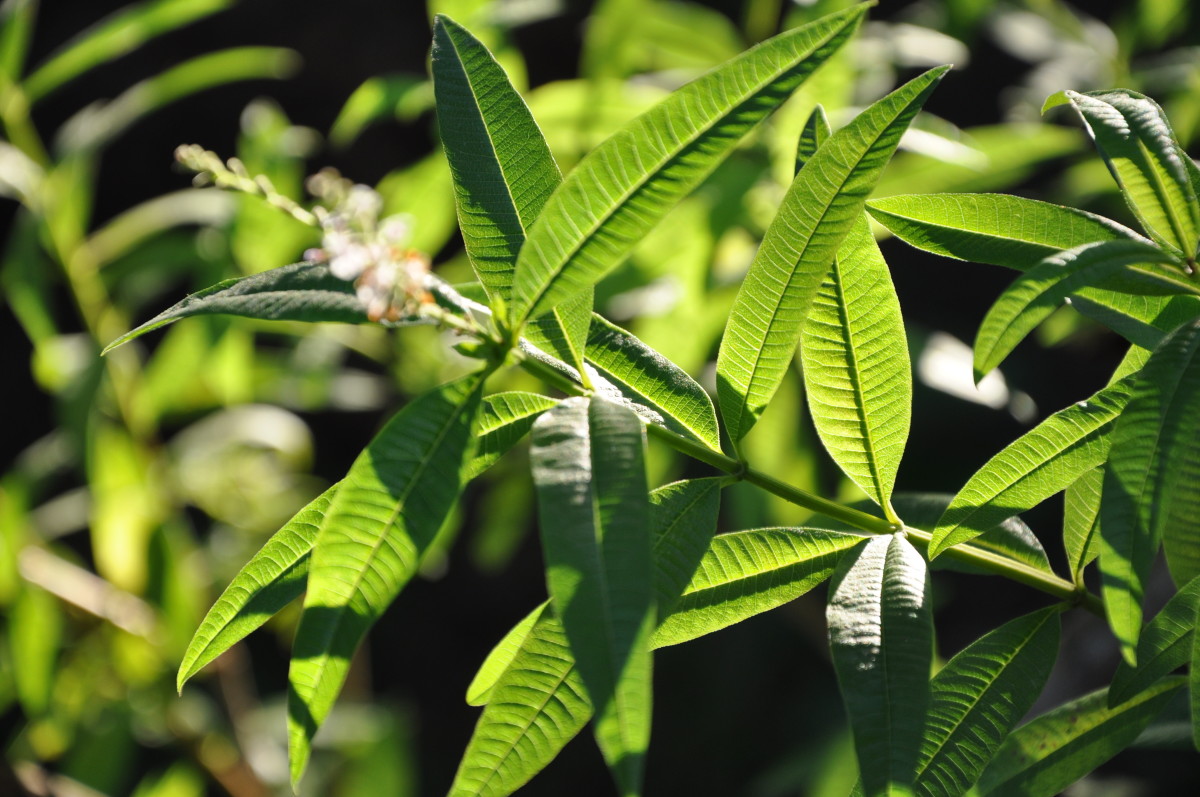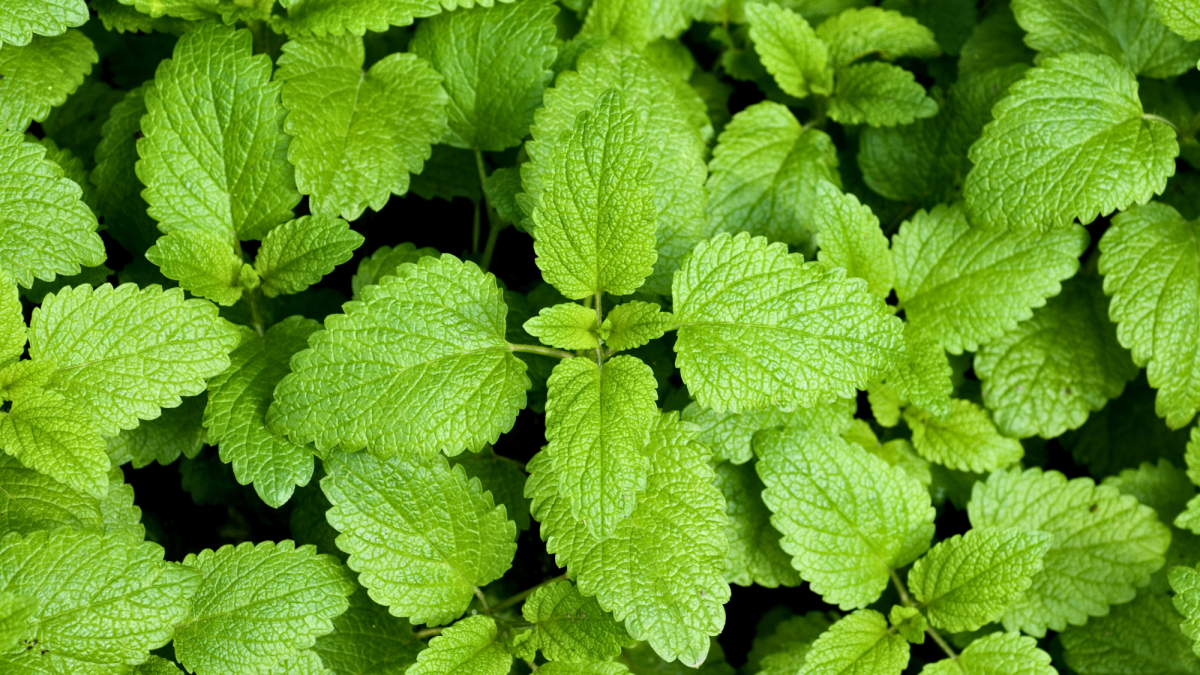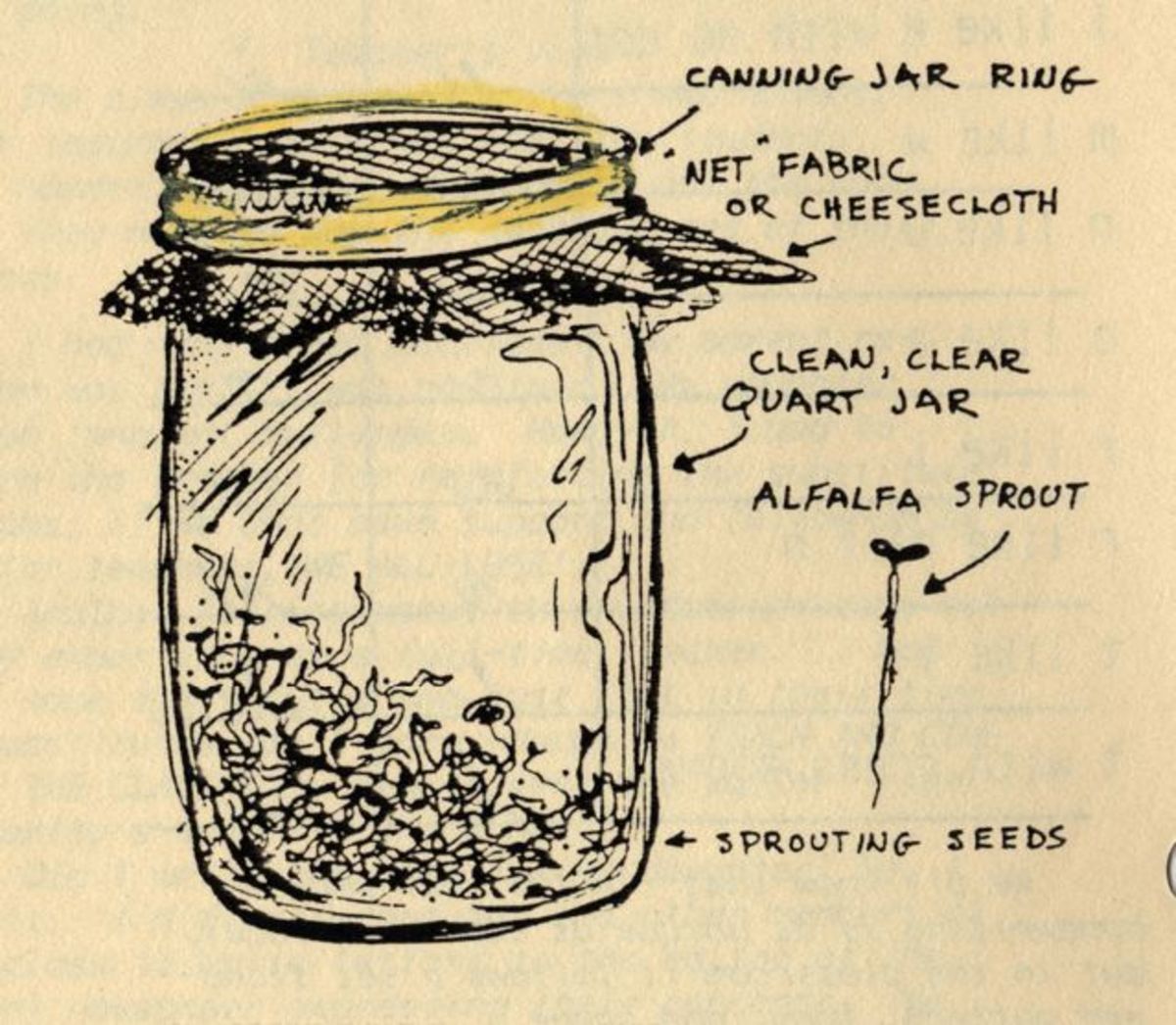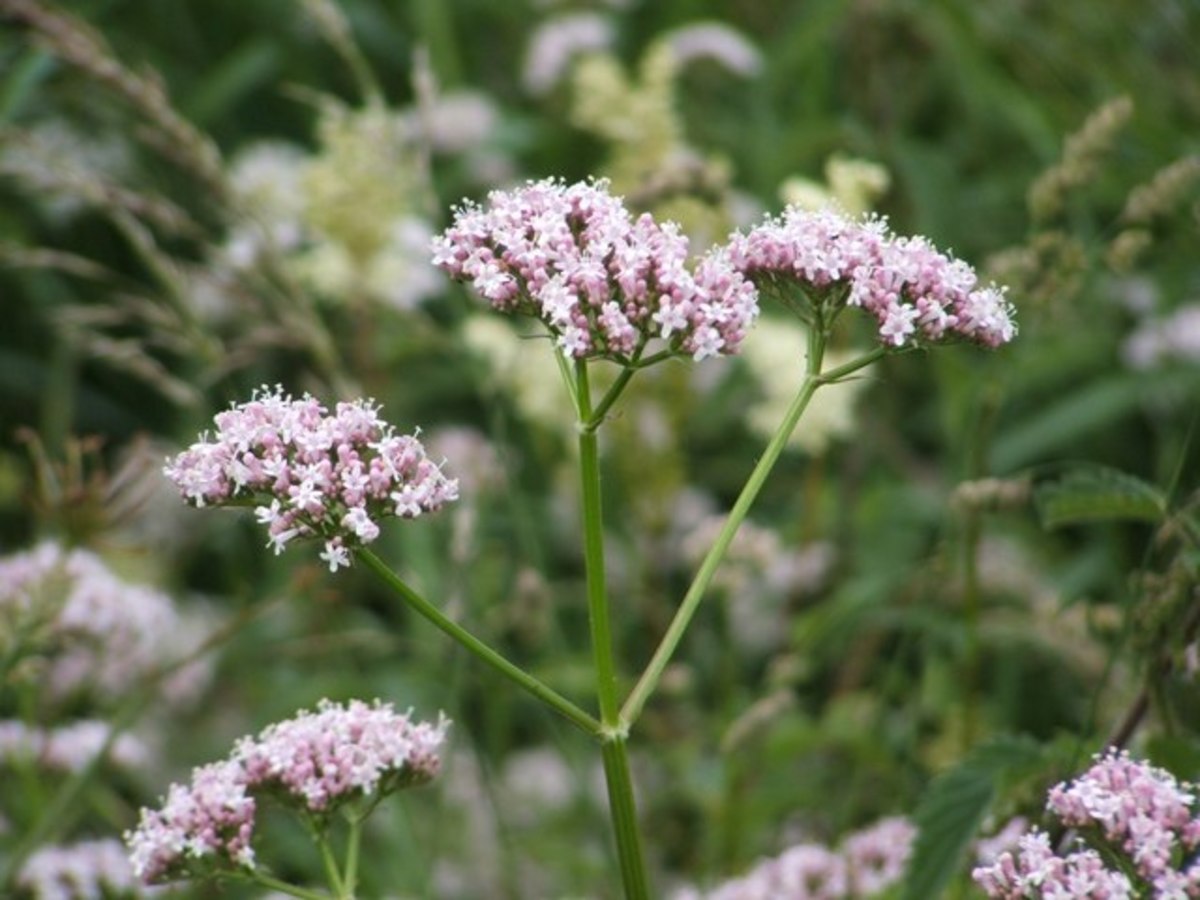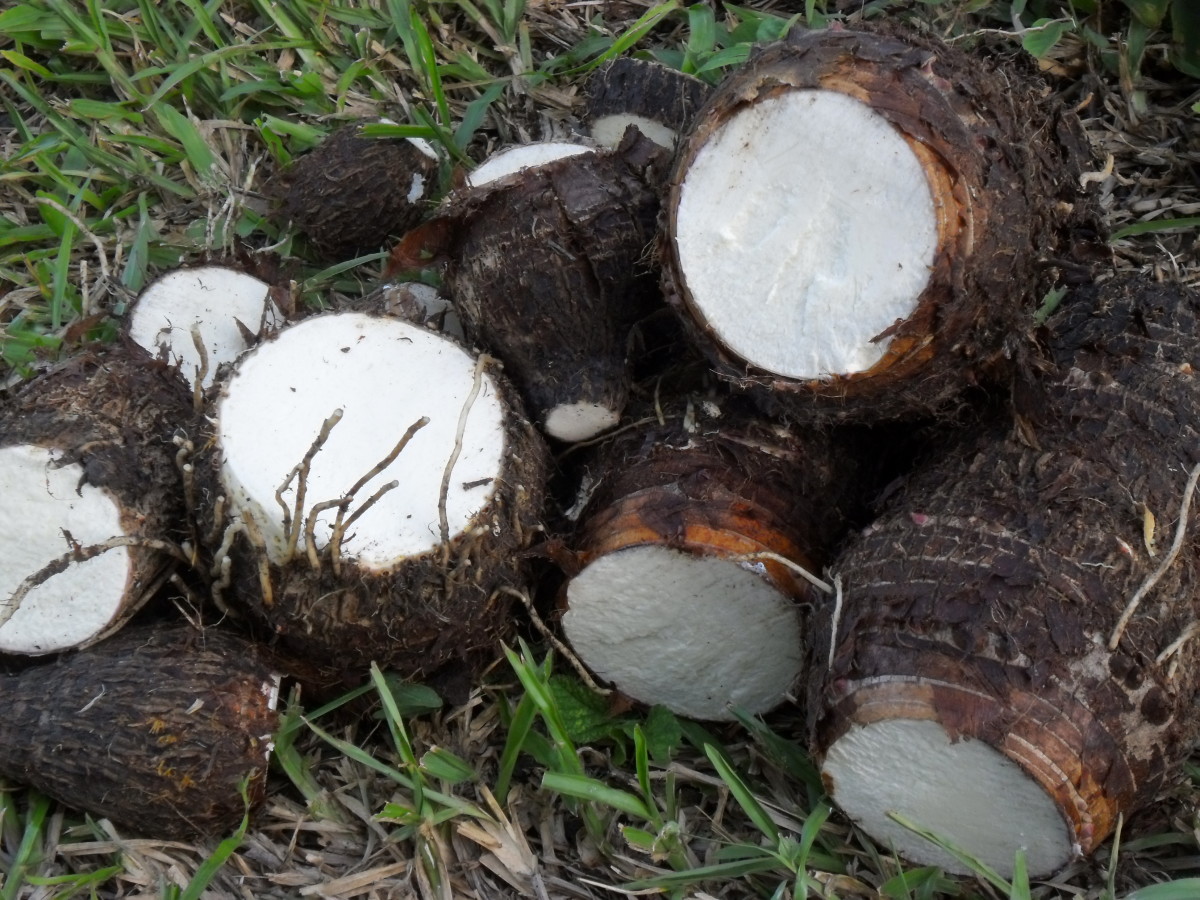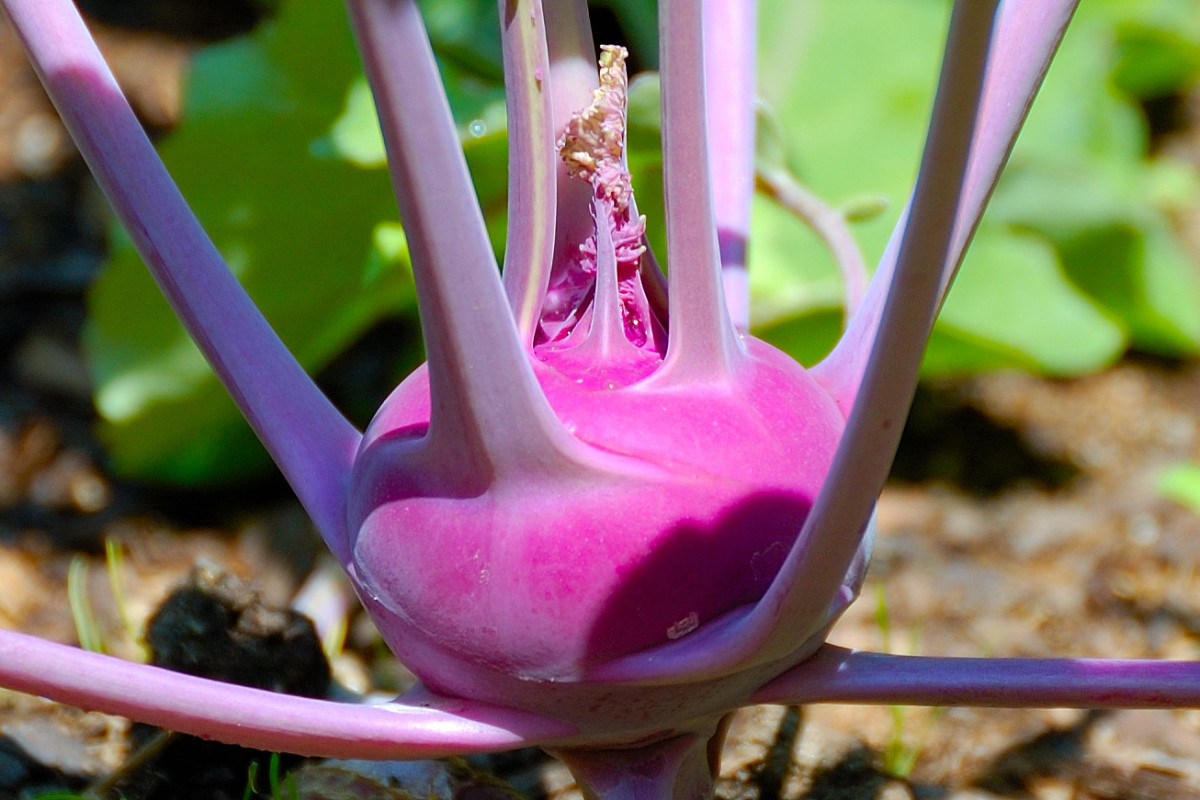Medicinal Properties of Bean Sprouts
Mung Bean Sprouts Have Many Biological or Medicinal Effects
Despite being small, mung bean sprouts make up for their size in their plentiful biological effects. They have been well studied and are known to have antioxidant, antimicrobial, antidiabetic, lipid metabolism, antihypertensive, antiproliferative, and antiNAFLD effects. They possess a variety of active compounds, but the most important one is polyphenols. Polyphenols in bean sprouts are responsible for the many biological effects of this mighty plant. So far most of the research on the health benefits of bean sprouts have been done in the lab or on animals. There are currently no human clinical trials on the effects of bean sprouts. Although animals studies are a step forward, their results may not always apply in humans. Thus, we need to have human trials to corroborate the findings in animals. It is clear though that we don't need to wait for these trials to start eating this healthful vegetable. We should enjoy these sprouts now and reap their many benefits.
Mung Bean Sprouts

History
As a food and medicine, bean sprouts have a long history. Ancient Chinese doctors used to prescribe sprouts for curing many illnesses over 5,000 years ago. However, Westerners only became interested in sprouts in the last thirty years. Now bean sprouts are enjoyed not in only Asia but also in many Western countries.
Sprouting Leads to Improve Medicinal Qualities
Recently, studies have shown that sprouts have more obvious biological activities and more beneficial compounds than their seeds. This is likely because enzymes are activated during the initial stages of germination. Hence, the sprouting is believed to improve the nutritional and medicinal value of mung beans.
Active Compounds
Bean sprouts have been reported to have a variety of biological or medicinal properties. These include antioxidant, antimicrobial, antidiabetic, lipid metabolism, antihypertensive, antiproliferative and anti-NAFLD effects. Some of the compounds responsible for these effects include proteins, polypeptides, polysaccharides, polyphenols, enzymes, peptides, phytosterol and amino acids.
Polyphenols are the multi-functional compounds that are responsible for many of these effects. Polyphenols are a large group of plant compounds, or pytochemicals, that contain phenol rings. Polyphenols can be divided into phenolic acids, flavonoids, stillbenes and lignans. Flavonoids include flavones, flavonols, flavanones, flavanols, isoflavones and anthocyanins. These phytochemicals are known to have antioxidant properties in addition to other active physiological properties.
Compounds Responsible for Biological Effects of Bean Sprouts
Biological Effect
| Compound
|
|---|---|
Antioxidant
| Proteins, polypeptides, polysaccarides, polyphenols
|
Antimicrobial
| Enzymes, peptides, polyphenols
|
Antidiabetic
| Polyphenols
|
Lipid metabolism
| Phytosterol
|
Antihypertensive
| Proteins, amino acids
|
Antiproliferative
| Polyphenols, mung bean trypsin inhibitor fragments
|
AntiNAFLD
| Legume protein hydrolyzate?
|
Antioxidant Activity
The proteins, polysaccharides, polypeptides and polyphenols in sprouts show potential antioxidant activity. Sprout extracts show greater amounts of total phenolics and total flavonoids than the seed extracts. They also have higher free radical scavenging activity than the seed. These results show that sprouts have high antioxidant activity.
Antimicrobial Activity
Bean sprouts have activity against a few microbes. Polyphenol extracts from sprouts have been shown to have activity against Helicobacter pylori, a common bacteria that infects your stomach.
Mung bean sprout extracts also have antiviral activity. The extract appears to have virucidal effects (able to destroy or inactivate viruses) on respiratory syncytial virus (RSV) and Herpes Simplex virus −1 (HSV-1).
Taken together, it appears that sprouts have action on bacteria and viruses.
Helicobacter pylori

Antidiabetic Effects
Bean sprouts appear to help fight diabetes in rodents. Bean sprout extracts were able to alleviate some of the diabetic symptoms in Type 2 diabetic mice. These extracts taken orally for 5 weeks were able to lower blood glucose, plasma C-peptide, glucagon, and total cholesterol, triglycerides, and blood urea nitrogen levels. This treatment also improved glucose tolerance and increased insulin immunoreactive levels. These results provide evidence that sprouts can combat diabetes in animals.
Lipid Metabolism Effects
Bean sprouts' effects on lipid metabolism is well established. A diet containing a mixture of mung bean meal and bean sprout powder fed to rabbits with high blood lipids resulted in a change in total cholesterol and beta-lipoprotein. This diet also alleviated some of the symptoms of coronary artery disease. The lipid altering effect is thought to be due to phytosterols. Phytosterols are similar to blood cholesterol and help prevent cholesterol biosynthesis and absorption.
Antihypertensive Effects
Sprouts appear to have beneficial effects on blood pressure. High doses of raw sprout extracts, dried sprout extracts and enzyme-digested sprout extracts can reduce systolic blood pressure in rats after administration for 3 to 9 hours. These results demonstrate that sprouts have antihypertensive effects in rodents.
Antiproliferative Effect
Bean sprout extracts have anticancer effects on several human cancer cell lines. The sprout extracts inhibited the growth of human gastric carcinoma cell line SNU- 601 and human pulmonary carcinoma cell line Calu-6 more so than the extracts from seeds. Sprout extracts were also shown to have anticancer effects on two other human cancer cell lines, cervix adenocarcinoma cells (HeLa) and liver cell carcinoma (HepG2). Researchers found that it took a very large dose to kill normal cells (human peripheral blood mononuclear cells), but a much lower dose to kill the Hela and HepG2 cells. These results show that sprouts have antiproliferative activity.
Anti-NAFLD Effects
Sprouts may also have a role in Non-Alcoholic Fatty Liver Disease (NAFLD). NAFLD is a common disorder and is characterized by the accumulation of excess fat in the liver in people who drink little or no alcohol. There are two type of NAFLD. The more common form of NAFLD is non-serious condition called fatty liver. In fatty liver, fat build ups in the liver cells. Having fat in the liver is not normal; however, by itself it probably does not harm the liver. The other type of NAFLD is more serious and is called non-alcoholic steatohepatitis or NASH. In NASH fat build up is associated with liver cell inflammation and different levels of scarring. It may lead to severe liver scarring and cirrhosis. Cirrhosis occurs when the liver suffers substantial damage, and the liver cells are slowly replaced by scar tissue. This eventually leads to the dysfunction of the liver. Patients who develop cirrhosis may need a liver transplant.
Sprouts seem to help fight NAFLD when combined with Aerobic Interval Training. A study in Zucker rats found that the combination of sprout powder and exercise lead to the improvement of liver function, blood cholesterol levels and also reverting the insulin resistance seen in obese rats. These results provide support for the role of sprouts in NAFLD.
NAFLD
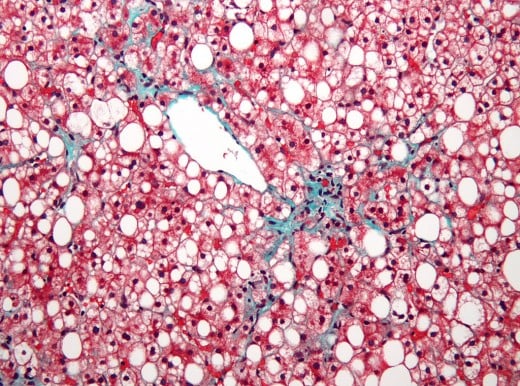
Reference
Chon SU. 2013. Total polyphenols and bioactivity of seeds and sprouts in several legumes. Curr Pharm Des. 19(34):6112-24
Hafidh RR, Abdulamir AS, Abu Bakar F, Sekawi Z, Jahansheri F, Jalilian FA. 2015. Novel antiviral activity of mung bean sprouts against respiratory syncytial virus and herpes simplex virus -1: an in vitro study on virally infected Vero and MRC-5 cell lines. BMC Complement Altern Med. 15:179
Hafidh RR, Abdulamir AS, Bakar FA, Jalilian FA, Abas F, Sekawi Z. 2012. Novel molecular, cytotoxical, and immunological study on promising and selective anticancer activity of mung bean sprouts. BMC Complement Altern Med. 12:208
Kapravelou G, Martínez R, Nebot E, López-Jurado M, Aranda P, Arrebola F, Cantarero S, Galisteo M, Porres JM. 2017. The Combined Intervention with Germinated Vigna radiata and Aerobic Interval Training Protocol Is an Effective Strategy for the Treatment of Non-Alcoholic Fatty Liver Disease (NAFLD) and Other Alterations Related to the Metabolic Syndrome in Zucker Rats. Nutrients. 19;9(7)
Tang D, Dong Y, Ren H, Li L, He C. 2014. A review of phytochemistry, metabolite changes, and medicinal uses of the common food mung bean and its sprouts (Vigna radiata). Chem Cent J. 8(1):4
This content is accurate and true to the best of the author’s knowledge and does not substitute for diagnosis, prognosis, treatment, prescription, and/or dietary advice from a licensed health professional. Drugs, supplements, and natural remedies may have dangerous side effects. If pregnant or nursing, consult with a qualified provider on an individual basis. Seek immediate help if you are experiencing a medical emergency.
